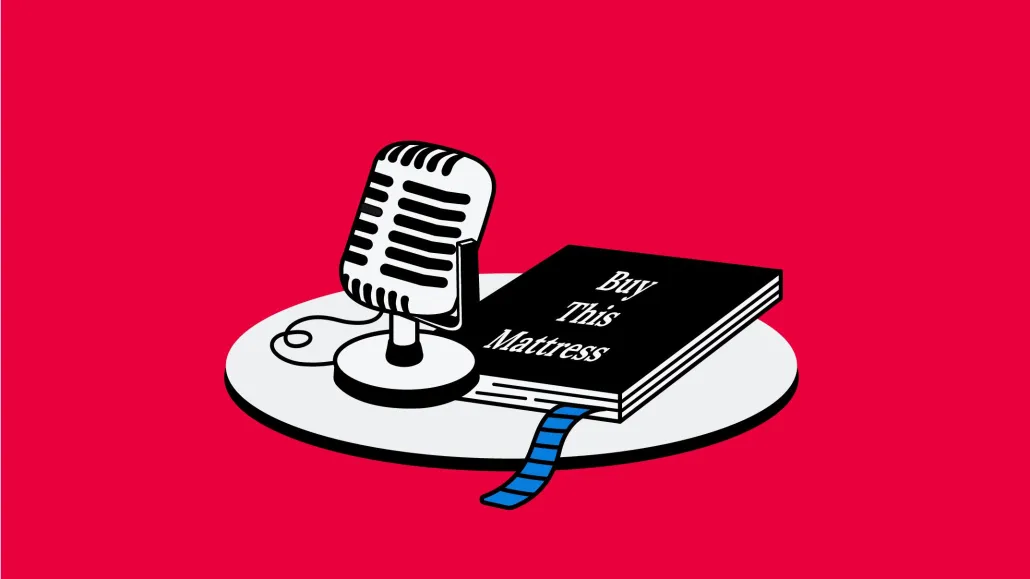
According to the State of Programmatic report released by Comscore’s programmatic division Proximic on Tuesday, audio advertising has experienced record growth as privacy regulations continue to impact targeting tactics.
According to the results of Proximic’s survey, which surveyed hundreds of marketers in different industries across the U.S.A., programmatic advertisers prepare for a year full of changes. Marketers must adapt to regulatory changes by utilizing new data partners and targeting methods.
Research shows that spending on connected TV ads is stagnating while podcasting and audio continue to grow. Although net new marketers are investing less in it, CTV remains an important part of many clients’ media plans. It is still a big part of their media plan and linear TV, social, and digital. Audio and podcasting advertising saw the biggest year-over-year gains compared to other media channels last year. 5% of marketers are expected to invest in CTV for the first time this year.
Comscore reported that there is expected to be a cumulative increase of 5% in the share of marketers who invest in this type of media.
Rachel Gantz is the managing director at Proximic, a Comscore company. She said CTV advertising has become more accessible in recent years thanks to programmatic technology.
Claire Russell, the head of Fitzco’s independent media agency, says that audio has much to offer, given its growth potential.
Russell explained that there are three major contributors, including the massive investments made by publishers in content, an increase in listenership and improvements in measurement. Podcasts are of particular interest to our clients.
Some say that audio will never overtake CTV. “We don’t see audio overtaking CTV. Over the past six months, there has been renewed interest in CTV stock over the past six months,” said Paul DeJarnatt. He noted that, from his experience with audio budgets, approximately 70% are spent on music-related content and 30% on podcasts.
George Tarnopolsky is the VP for programmatic at Good Apple. He agreed that CTV investments are still higher than audio. Tarnopolsky added that the agency has seen “a much higher rate of growth” for audio advertising.
Today, we can target more precisely based on the actual content of an episode, such as phrases and keywords. “This product development opens up a rich, new set of contextual indicators for us to target our audiences precisely,” Tarnopolsky stated.
Digital is still the most important advertising channel among all channels. In 2022, nearly 90% of marketers will spend money on digital, and 58% say it’s their number one or two priority in their overall marketing strategy.
As the privacy landscape changes, marketers face challenges when it comes to identity-based and third-party targeting. The report notes that while this targeting method is still dominant, contextual data will likely surpass cookie-dependent information by 2023. 47% of marketers expect to use ID-free techniques. In 2023, 44% of ad spending by marketers will be based on third-party ID targeting. The remaining 25% will go to audience targeting using data from first-party sources. Budgeted at another 32% are ID-less segments.
Russell said that Fitzco has already done most of its targeting cookie-free, as the removal of third-party cookies is coming. This has been planned for years. She added, “We’ve had ample time to adapt, test new strategies, and follow the evolution of Unified ID 2.0. We can insulate our customers against this changing landscape.”
Nitin Sinha is the head of paid media for Laundry Service. He also stated that since Apple’s iOS 14 updates in 2021, Laundry Service has always advised clients to use ID-driven and ID-free strategies. Sinha stated that modern platforms such as TikTok and Twitch offer excellent targeting without relying upon cookies or other ID-based options. “First-party data still performs very well for most advertisers. A healthy balance will serve the majority of clients.”
Other agencies are also testing cookieless solutions using tools like Dstillery ID-Free. Sean Edwards is the associate director of programmatic advertising at Exverus Media. He said, “We’re not too concerned about the imminent death of cookies in light of recent privacy changes.”
Marketers will also continue to pivot to stay abreast of privacy laws changes. According to the Proximic Report, 30% anticipate changing data providers due to privacy updates. 75% will switch to cookie-free segmentation focusing on contextual and predictive segments. As these challenges rise, 54% of marketers plan to increase the use of contextual data.
The study showed that marketers still struggle with signal loss. Some 18% of respondents are unsure about the best way to use cookie-free target marketing, while 16% say that no one within their organization has advocated for or tested these strategies.
Katie Kelly, Director of Programmatic Advertising at Code3, said that the loss of cookie-dependent data had little impact on audio and podcasts. “This is why audio is such a good place to advertise,” she added. While some attribution pieces may change without detailed listener data, we can still see how data from advertisers and attribution partners are used without compromising listeners’ privacy. Please help me with the Voiceover of the below script. I mentioned the Vo part accordingly in the script.
